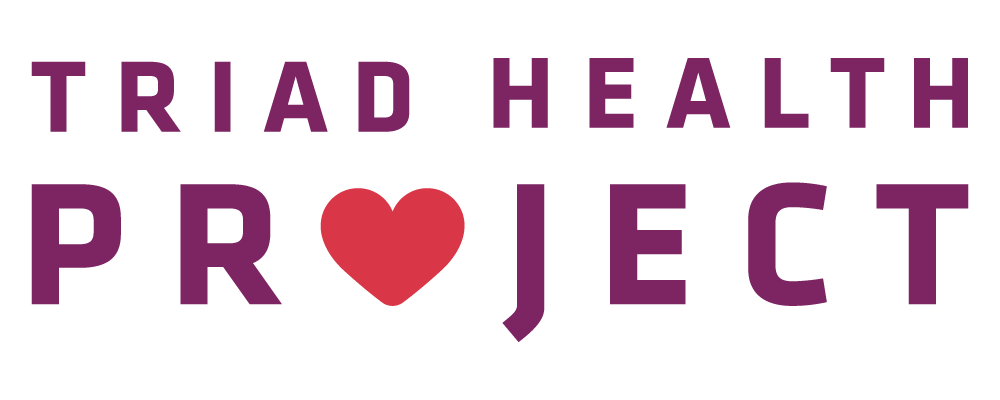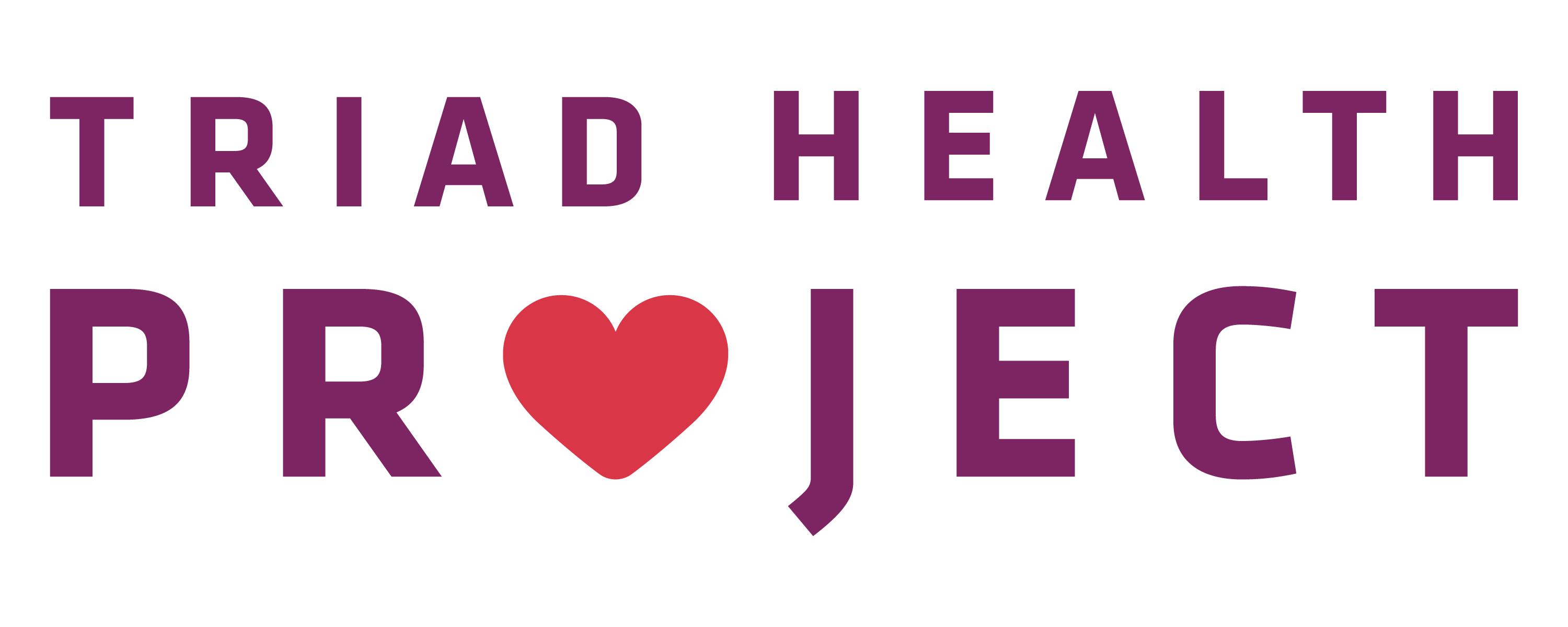How are HIV and AIDS different?
What Is HIV?
HIV (Human Immunodeficiency Virus) is the virus that causes AIDS. It breaks down your body’s immune system. Your immune system protects you against diseases. HIV is a virus that lives in blood, semen, breast milk and vaginal fluids.
What Is AIDS?
AIDS (Acquired Immune Deficiency Syndrome) is the stage where HIV has severely damaged the immune system, leaving the body vulnerable for more infectious diseases.
What does Undetectable mean?
Undetectable = Non transmissible
A person who has acquired HIV and is successfully taking their prescribed medication cannot infect another person once the amount of virus in their body is undetectable. Early detection and early treatment is key for not only the individual, but also for public health.
How do you get HIV?
- By having unprotected anal, oral, and/or vaginal intercourse with someone living with HIV whose viral load is not suppressed
- By sharing needles, syringes, cookers or cotton (works) to shoot drugs.
- By being born to an HIV infected mother.
- You can have HIV and not have AIDS. You may feel well and look healthy for years.
What are the signs of HIV?
Quite often, people living with HIV have no signs at all. Sometimes HIV shows signs a lot like the flu. The signs may be similar to and mistaken for other diseases. The difference with HIV is, the signs don’t go away, or keep coming back. If you have any of these signs, and they last several weeks or more, see your doctor.
- Sudden, unexplained weight loss
- feeling very tired all the time/constant fatigue
- fever or night sweats
- diarrhea
- dry coughing not from a cold or smoking
- swollen glands in the neck, armpit or groin
- Pink, blue or purple spots on the skin or in the mouth. (They look like bruises, but don’t go away.)

